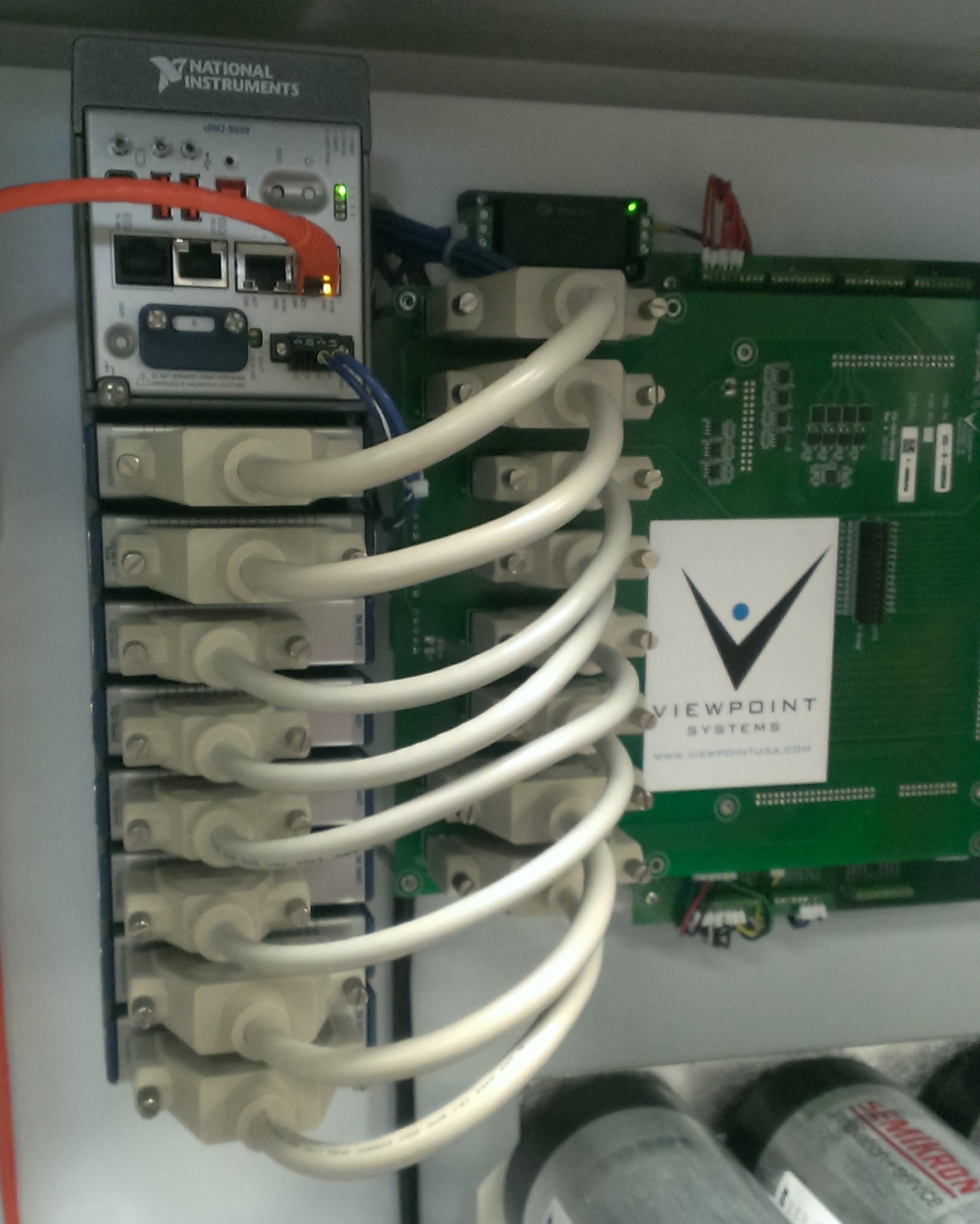6 Considerations when Choosing an NI RIO for Embedded Systems
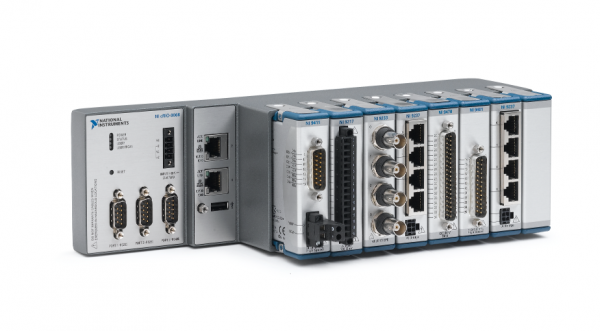
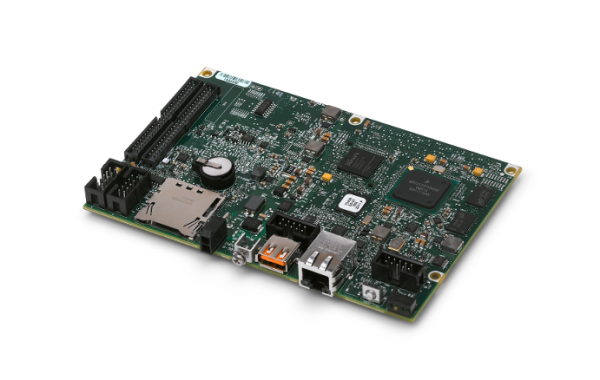
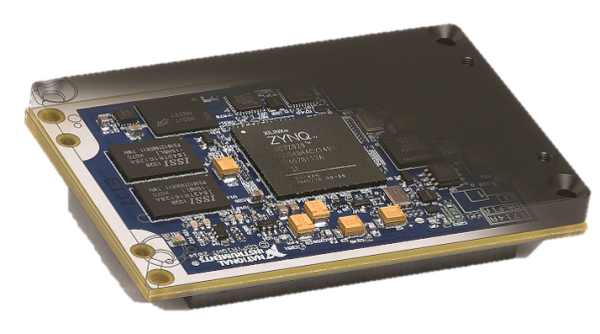
I’d like to share with you the results of a conversation I had at a recent meeting with a long-time client. They wanted to talk about developing a controller for measuring and controlling some aspects of their product. For me, it was a great example of the struggles in development teams when starting a new project using modern tools and components for an embedded system.
Here is some background.
This client has a good, but small, team of engineers who have been supporting various data collection and control systems for many years for support of their (somewhat expensive) machines in the field. (Let’s give this machine a name so we don’t get confused about all the talk of machinery. Let’s use BEM for big expensive machine.)
These engineers have many years of experience putting subsystems in place to monitor the BEMs after delivery to their customers in the field. Some of these subsystems are getting old and obsolete and need to be upgraded, while some are new ideas. The issue is that they, like many other companies, are trying to make their BEMs smarter by attaching new and better sensors to the BEMs and giving the subsystems that use these sensors the ability to control and/or sense the monitoring conditions. The overall goal is to get better information about the BEM performance. It’s actually fancy condition monitoring.
The buzz about the Industrial Internet of Things (IIoT) has these engineers wondering about all those small and cheap embedded processors available today. Heck, you can buy a wireless sensor and cloud data aggregator to monitor your home for water heater leakage and air temperatures for cheap (say about $200 upfront and $100/year)! These engineers are wondering how close they can get to that cost.
So, I visited them to discuss the upgrade of an existing PLC-based subsystem. Let’s call this the OES for Old Existing Subsystem.
They like the NI (National Instruments) platform, and want to start using NI hardware to replace the several types of OESs as well as design new controllers.
During the discussions, we talked about the tradeoffs between the various NI HW RIO options, CompactRIO (cRIO), the sbRIO, and the SoM RIO (the most recent platform), as well as other non-NI options, such as PLCs, Arduino, and so on.
I realized that many other companies must be in the same situation, so I wanted to share some of the important issues that came out of the conversation.
- Don’t go too cheap
- Only need small volumes of about 100 units per year
- Need to balance prototype costs with deployment costs
- Want the units to be supportable for at least 10 years
- Engineering resources are hard to find to design and build the new controller
- Need to support the units in the field for a long time
Some details …
Too Cheap is Not Good
Despite all you hear about cloud-based devices, in an industrial situation, you don’t want to get too cheap on the embedded system. Usually performance specs drive costs and typical “consumer grade” devices won’t have the required operating specs for temperature, measurement noise, shock & vib, and so on.
In this example, the BEM operates in an environment MUCH hotter than the usual office and surrounding equipment can cause vibrations. Furthermore, the measurements need to be accurate to 1% or better, so good quality data acquisition hardware is needed. The NI RIO HW is often a better choice.
Engineering Resources Are Crunched
In the past two years, I’ve seen engineering staffs being increasingly slammed with work. Furthermore, a lot of engineering talent is retiring every year. Companies are turning to outside engineering firms for design and build while maintaining their core capabilities in-house. If you do plan on using an outside firm, do your homework and find a good fit. Bad results can occur if the project is not defined clearly up-front, so be prepared to do some work. Check out this Dilbert comic:

Small Production Volumes
The processors available today for embedded systems are way better than ever before in price per performance. But, often these processors are aimed at consumer markets which sell millions of units per year. For small volumes of a 100s to 1000s per year, a typical (say with 80% coverage) embedded system using NI RIO technology will cost between $500 and $2000 per unit. It’s not yet possible to reach that 100 $/unit mark.
Even with retrofitting all the existing BEMs, the client could not build more than about a couple 100 units per year between new BEMs and retrofitting old ones (they just don’t have enough people to retrofit every BEM in one year).
Support for How Many Years?
Often, the new embedded system is replacing that OES (Old Existing Subsystem) that has been around for way over a decade, perhaps 20 or 25 years. That duration is unlikely now without extraordinary measures to counteract today’s typical subcomponent life cycle of around a maximum of 10 years. I think a lot of this shorter duration is due to the rapid design cycles in electronics. I’m guessing that the photolithography technology used to make electronic components 10 years ago is just not easily accessible anymore!
Tradeoff of Prototyping versus Production Costs
If you are unsure how many units you can sell, then prototype the first units with as much off the shelf stuff as possible. This approach keeps NRE (non-recurring engineering) costs as low as possible but unit costs will be higher than possible. If you know that you can sell at least say 25 units, then consider a using as much custom stuff as possible. This approach has higher NRE but unit costs can be reduced.
The graph below illustrates the two approaches, with the solid line being the off-the-shelf approach and the dotted line being the custom approach.
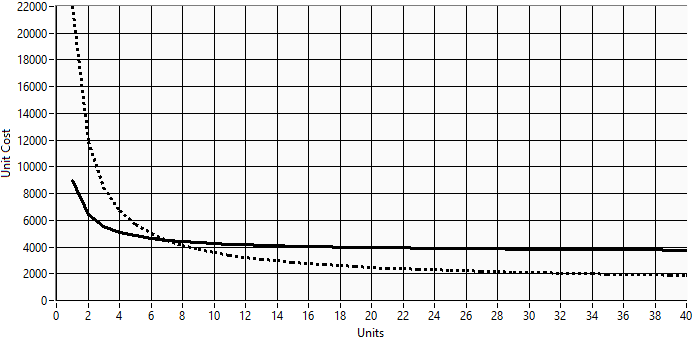
The solid line would be representative of a cRIO approach, while the dotted line would describe the sbRIO or SoM RIO.
Note that hybrid approaches exist. For example, using an already-designed analog input (AI) card designed to work with the SoM RIO can get you closer to the end system than having to wait for the design and build of custom AI circuitry. This approach enables you to prototype your embedded system with modular pre-built parts.
We Have 100s of Units Deployed. Help!!
Often, our clients are very focused on those first few units which will be deployed in a sort of “beta test” program. The thought of having to support 100s in the field is far off in the future. Yet, this support is often the hardest part of an embedded project.
In the case of our BEM manufacturing client, they already know how to support equipment in the field. But with this new embedded controller, they want to use the Ethernet connectivity for remote activities such as controller diagnostics, data downloads, application upgrades, and so on. These activities take time away from future development work and interfere with typical engineering work.
Next Steps
Many companies are looking at ways to embed smarts into their machines. When the total number of units is expected to approach around at least 25, it makes sense to look at a custom-built embedded controller based on the sbRIO or SoM RIO (check out our SOM development platform). I recommend that you prototype with hardware as close as possible to that used in the finished controller while your custom circuit board is developed in parallel. If you are not able to justify the extra NRE (non-recurring engineering) for 25 units, then use off-the-shelf hardware, such as the cRIO (check out our cRIO expertise). If you’d like our thoughts on your scenario, you can reach out to us here. If you’d like more info on the world of industrial embedded, check out our resources page.
